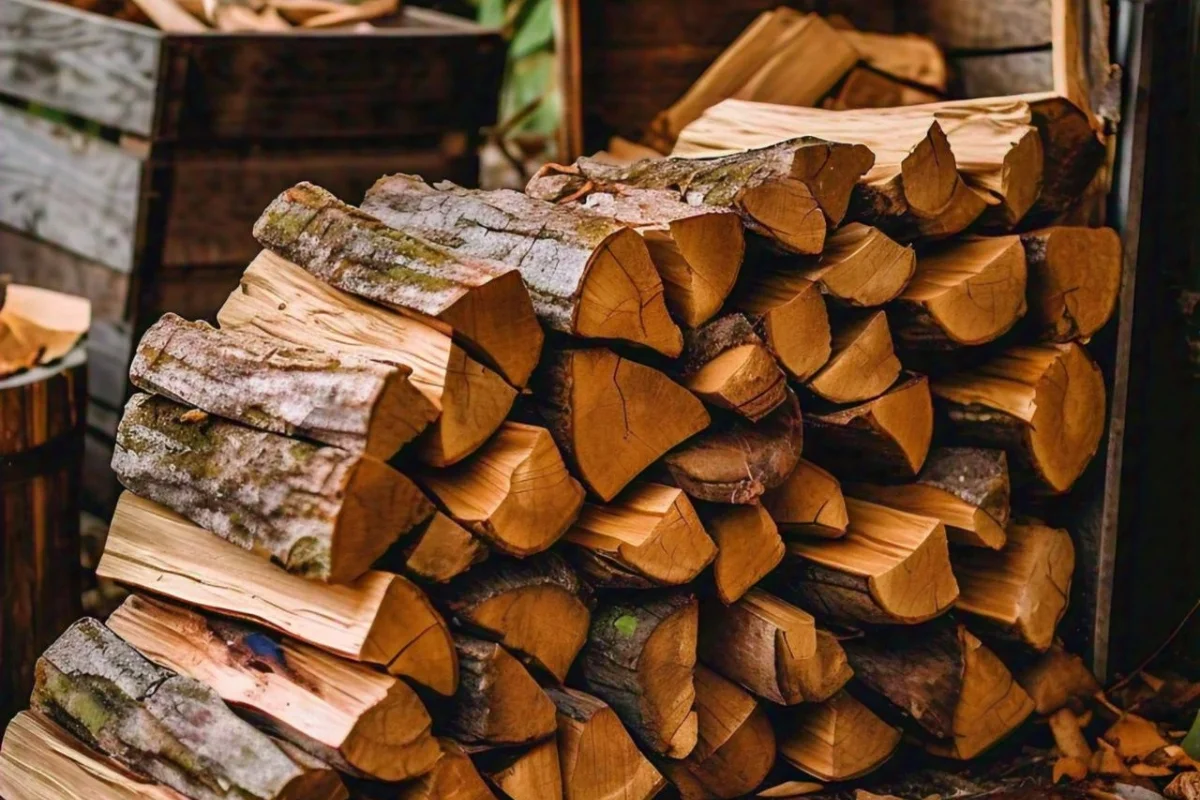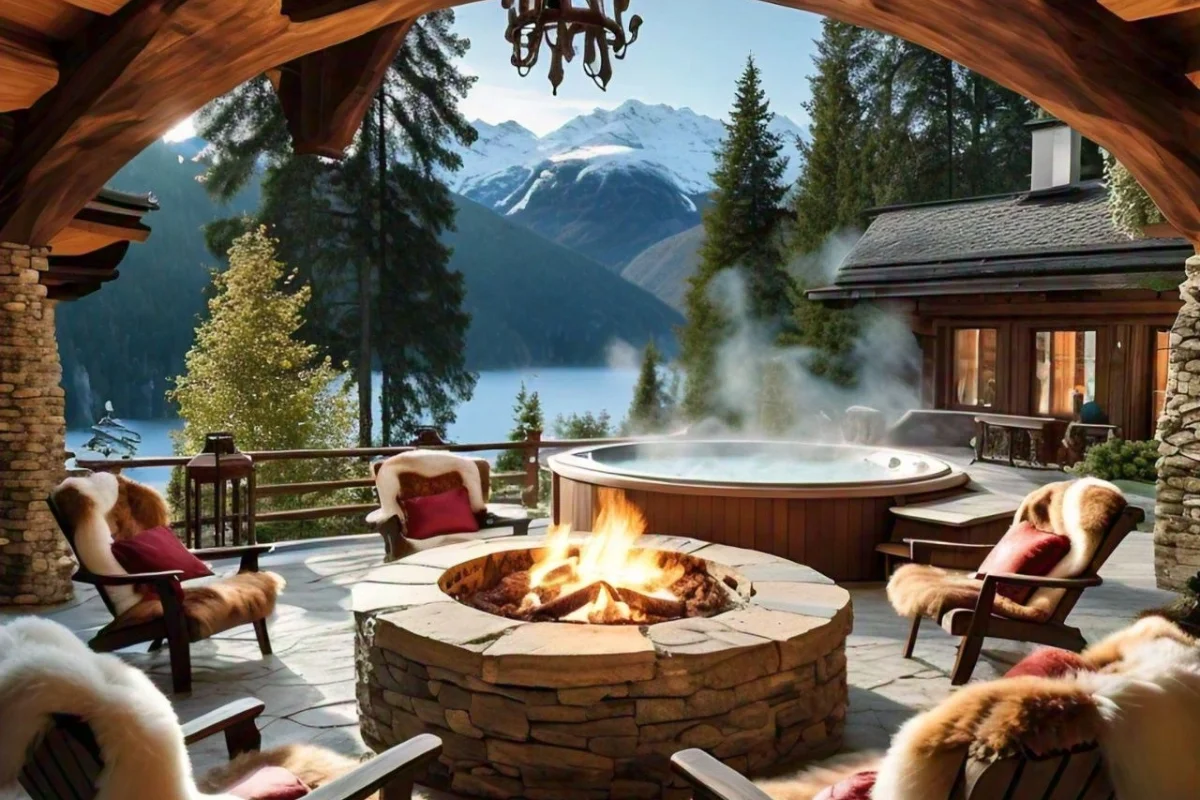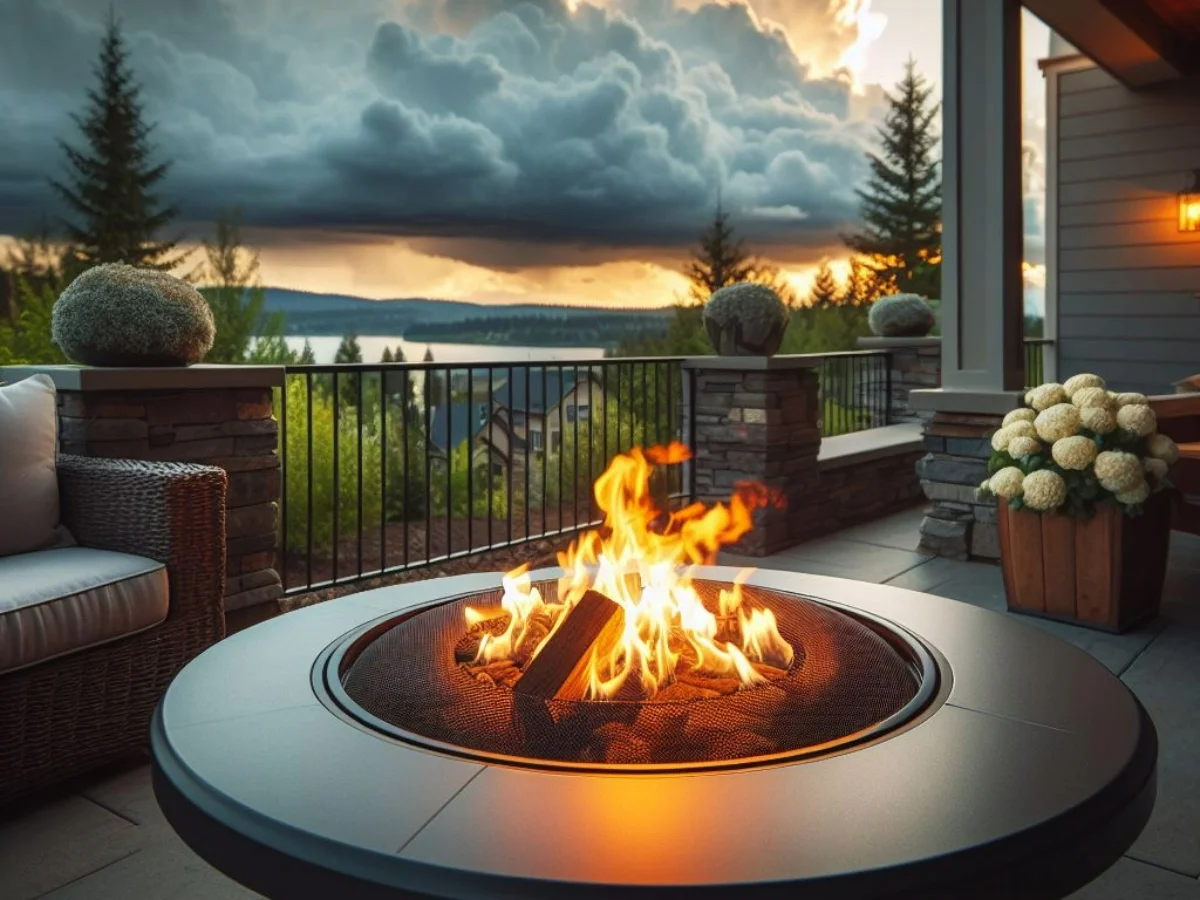
One of the most frequent concerns when creating a wood fire pit is how to use lava rocks for a wood fire pit. Lava stones are not just for looks but are also functional. They can aid in temperature distribution and increase the performance of the fire pit. This post will explain the advantages of utilizing lava rocks and how to properly implement lava rocks in your wood fire pit using the correct methods. Whether you are a seasoned fire pit owner or a newbie, knowing how to use lava rocks in your wood fire pit can be a way to boost the experience of your outdoor gatherings and add longevity to your fire pit.
What Are Lava Rocks?
Lava rocks are natural volcanic rocks that have solidified from lava that has cooled down. Lava rocks are made of porous lightweight rocks that are resilient to extreme temperatures and are a great choice of rock to use in a fire pit. Their porous nature allows them to keep and give off heat very well, ensuring consistent warmth.. Lava rocks come in a variety of sizes and colors, adding a visually appealing element to your fire pit while serving a functional purpose.
Can You Use Lava Rocks in a Wood Fire Pit?
The answer is yes- you can use lava rocks in a wood fire pit. There are many advantages to including lava rocks in your wood-burning fire pit. They can help distribute the heat and keep the heat in. This will allow for a more efficient burn and will be able to help with temperature consistency. On top of the warmth, there is also a safety component to using lava rocks in your wood fire pit. Since lava rocks will create a base for your wood to sit, the more airflow you have the better your wood will burn and the less smoke will be produced. Also, the safety and security of not having a live flame in contact with fire pit surface is another reason for including lava rocks in your wood fire pit.
Step-by-Step Guide: How to Place Lava Rocks in a Wood Fire Pit:
Step 1: Clean the Fire Pit
Before adding any lava rocks, it is advisable to clean your fire pit. Ensuring your fire pit is clean and free of any debris is essential. Remove any remnants left over from previous fires, for example, ashes, soot, or pieces of wood. This will help improve heat distribution, preventing or minimizing unexpected flare-ups.
Step 2: Spread a Base Layer of Lava Rocks
Place a layer of lava rocks, approximately 2-4 inches in depth, on the bottom of your fire pit. This acts as a barrier between the fire and the fire pit surface and helps protect the fire pit from the heat and potential damage.
Step 3: Arrange the Lava Rocks Evenly
After the lava rocks are in place, evenly distribute them to create a stable, consistent layer. Ensure there are no gaps between the lava rocks, as any gaps may inhibit the efficiency of the fire. An even layer of lava rocks helps to maintain and retain heat better and provides a more stable base for the wood logs.
Step 4: Position the Wood Logs
Carefully position the wood logs on top of the lava rocks, leaving room between the logs for airflow. Try building your fire in a teepee or log cabin formation for best results. These formations allow for more consistent and efficient air circulation.
Step 5: Ensure Proper Airflow
Ensure airflow between the logs and lava rocks by maintaining the proper distance between them. This will help the fire to burn efficiently and reduce the amount of smoke produced. When there is enough airflow, the fire will burn hotter and longer making the fire pit more enjoyable.
Step 6: Light and Maintain the Fire
Start the fire using a preferred method of your choice using kindling and matches or other types of fire starters. As needed, add additional wood while keeping the lava rocks distributed uniformly. Regularly check the arrangement to ensure the fire continues to burn efficiently.
Advantages of Using Lava Rocks
Increased Heat Distribution:
Lava rocks have an exceptional heat retention property that when used in a fire pit, make it possible for the heat to distribute evenly to burn hotter and longer. This is ideal for outdoor gatherings by providing consistent warmth from the evenly heated lava rocks.
Longevity and Durability:
Lava rocks are very durable and can withstand high temperatures. They are not prone to cracking or exploding when reaching extreme heat levels like the other rock options and can be used for years and years to come. Furthermore, their natural composition ensures they are weather resistant and able to remain durable and usable for an as long as possible.
Improved Airflow:
The inclusion of lava rocks in your fire pit gives your fire the best chance of full combustion. Lava rocks are highly porous, which enhances airflow in your fire pit, leading to full and consistent burning of your fire. With proper airflow, you can expect quick start-up and longer consistent burns. Improved airflow means less smoke and ash, creating a more pleasant and enjoyable fire experience for you and your guests.
Potential Drawbacks and Solutions:
Risk of Exploding Rocks:
A potential danger with lava rocks is that they could explode. Generally, they are safe; however, if there is any moisture in the rocks they will explode under high heat. This can occur if the rocks are left outside in the rain, or they are not properly dried before use. Moisture trapped inside the rocks can turn to steam when heated, causing the rocks to crack or explode.
Solution:
You should ensure the rocks are completely dry before using them in a gas fire pit. Store them out of the elements when not in use. Inspect the rocks before every use and take out that are damp or show signs of moisture.
Accumulation of Ash and Debris:
One problem with lava rocks and gas fire pits is that over time ash and debris can build up between the lava rocks, reducing the airflow. Ash and other debris between the rocks can also make it more difficult to start and maintain the fire consistently.
Solution:
You will need to clean the gas fire pit, and evenly place the lava rocks to remove the ash and debris to maintain better airflow and keep the fire burning more consistently. Consider using a metal rake or brush to gently remove debris from the rocks and keep them in good condition.
Initial Cost:
Lava rocks can be more expensive than the other gas fire pit fillers. But, they are long-lasting and require little to no maintenance which can balance out the initial investment over time. Spending more money initially on a high-quality lava rock can pay off in the long run by saving you to replace them more frequently.
How to Start the Fire Pit with Lava Rocks:
If you want to start a fire pit with lava rocks, it is important to begin by having a clean fire pit and having the lava rocks evenly spread on the bottom to create a stable base for your fire. Next, you will place your kindling, like dry twigs, small sticks, or fire starters, directly on top of the lava rocks. Kindling should be placed in either a teepee or log cabin formation to allow optimal airflow and to help the fire ignite more easily. Once the kindling has been set up, you can carefully place your larger wood logs around the kindling, leaving enough space for air to go through and help the wood logs to combust more easily.
With a match or lighter, you can ignite the kindling and make sure the flame is catching. As the kindling burns, it will ignite the larger wood logs, and you have a fire starting. Keep an eye on the fire and add more wood logs if needed to keep your flames the size you want and a fire that will keep you warm and enjoyable throughout your outdoor experience.
If you are considering to add lava rocks in a propane fire pit, read our detail guide here “How to Place Lava Rocks in Propane Fire Pit“.









